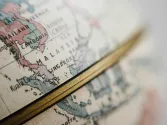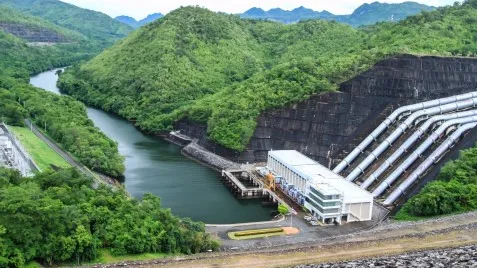
Renewable energy surge fuels need for pumped hydropower storage
Asia is expected to be the largest pumped hydropower storage market by 2023.
As countries around the world strive to fully realise their energy transition by ramping up renewable energy capacity, another critical component is gaining traction: pumped hydropower storage. This technology is poised to become a game changer in addressing the intermittent nature of renewable energy sources, and the Asia Pacific region is set to take the lead on the global stage in terms of installed capacity.
Pumped hydropower storage is the “most scalable kind of energy storage solutions for markets” when compared to other solutions such as battery storage, hydrogen fuel cells, and gravity battery storage. The sector dominates the total energy storage capacity, accounting for 90% of the total capacity, according to the International Hydropower Association.
“Pumped hydropower will see sustained capacity growth over our forecast period as intermittent renewable generation rises,” according to Fitch Solutions.
The pumped hydropower capacity is projected to increase at an annual average rate of 3.5% from 165 gigawatts (GW) in end-2021 to reach 233GW in 2031.
READ MORE: China-concentrated capacity drives APAC as hydropower ‘powerhouse’
Asia’s capacity
Asia’s capacity is expected to reach 82 GW in 2023 and 134 GW in 2031.
“We expect Asia to outperform other regions for pumped hydropower capacity growth, overtaking North America and Western Europe’s (NAWE) installed pumped hydropower capacity in 2023, with developments chiefly concentrated in Mainland China,” Fitch said.
Fitch said China’s pumped hydropower capacity growth is anchored on the National Energy Administration’s target to reach 62GW by 2025 and reach 120GW installed capacity by 2030. To meet these targets the government aims to start constructing 200 pumped hydropower projects in 2025, with a total of 270GW capacity.
Meanwhile, other markets in the region with pumped hydropower capacities such as Australia, Japan, Thailand, and Indonesia, also have projects that are expected to start operations within the next 10 years.
Leading market
According to Fitch Solutions, the NAWE region is the leading pumped hydropower market, with a capacity of 78 GW or around 47% of the total globally.
The US is driving the sector’s growth in the region with 30% of the capacity in NAWE located in the country, and it accounts for 13 of the 24 projects in the pipeline.
However, the country’s capacity is expected to grow only by about 1GW over the next 10 years, with all projects in the pipeline still in the planning stages, and there is limited clarity on the part of the government on how to achieve the sector’s potential.
Western Europe, which has a well-developed hydropower sector, is expected to see limited growth for the next 10 years which will be led by Greece and Switzerland, which will increase their capacities by around 750 megawatts (MW) and 360 MW from 2022 to 2031, respectively.
Difficulties and opportunities
Markets need to have access to water reservoirs at high altitudes to develop pumped hydropower, making it challenging to be adopted particularly by markets with flat terrains and lack major rivers or reservoirs.
Out of the 117 markets covered by Fitch, pumped hydropower projects are only being installed in 40 markets.
“For markets that are unable to adopt pumped hydropower, renewables uptake will have to go in hand with other forms of energy storage solutions. Regardless, pumped hydropower storage will remain the key energy storage solution over the coming 10 years,” Fitch said.
Fitch added that the attractiveness of projects that combine floating solar with pumped hydropower will increase, noting that some of the floating solar projects were built on pumped hydropower station reservoirs.
What analysts say:
David Fishman
Senior Manager
The Lantau Group
Pumped hydro is creating system flexibility for your generators and for your grid operator, any country that is hoping to move forward with a decarbonisation plan that relies heavily on variable resources or resources that have a lot of seasonality to them. Variable means, a day-to-day variability, like solar which generates during the day and not at night. Wind happens to usually generate better at night and not during the day. Hydropower tends to generate better during the rainy season and worse during the dry season. All of these can be smoothed out by storage, and that's where your pumped hydro comes in.
Pumped hydro is the majority of storage in the world and the energy sector. All this talk about batteries, pumped hydro is still 90% of all the energy storage in the world. I don't think that it is going to change necessarily until we run out of places to build pumped hydro.
It does have geological constraints. You need to have specific conditions. You need to have a high area for a reservoir and a low area for a reservoir so that you can actually build the pumped hydro facility that goes from a high reservoir to a low reservoir and then send it back up when power rates are cheap but extremely important for the energy transition. Any country that is looking at any of those variable generation sources should and could be thinking about pumped hydro, as long as they have the right conditions. One, geological conditions, and, two, market conditions. You need to have a gap between the high power price when power is scarce and a low power price when power is abundant so that you can make money on the margin running the turbines when power prices are high and running the pumps when power prices are low. If you cannot create those market conditions, then pump storage will not work in your country.
Zulfikar Yurnaidi
Senior Officer of Renewable Energy and Energy Efficiency Department
ASEAN Centre for Energy
Pumped storage hydropower is very crucial for the energy transition because, currently, the storage options that we have is batteries, the lithium. The battery is mostly designed for smaller applications such as for our phones up to car applications. It is characteristically not for the power system. Other solutions of storage, in addition to lithium batteries, are required and pumped-up hydro is one of the good solutions for it because we have lots of potential for this in the region.
However, there are challenges in the planning and policy requirement sides in pushing for this pumped-up hydropower storage. Maybe we also have to think of something similar to other hydropower generation issues such as the potential environmental impact because when we have these water resources such as dams for hydropower or pumped-up hydro, it will affect the other system including the agriculture system, the water system, and also partly maybe the ecosystem as well. This needs to be properly investigated before we jump into having this pumped-up hydropower. First and foremost, we need to assess its potential. We had some higher-level studies that looked at the general mapping and the potential location. But we need a more detailed study to understand which parts have the higher potential and how much it costs. That one is not there yet. Along that part, of course, as I mentioned, we need to discuss this potential environmental impact to make sure it is sustainable.

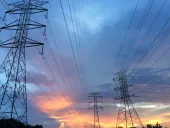
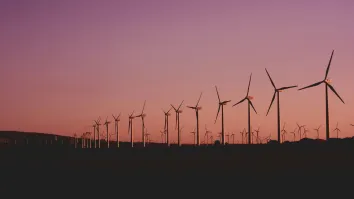
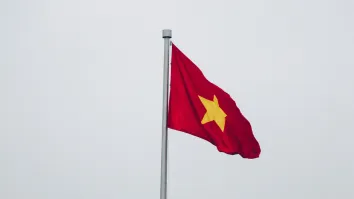
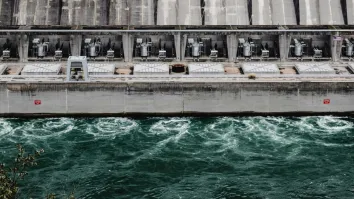
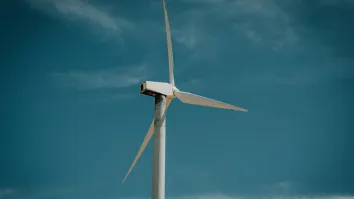













 Advertise
Advertise


